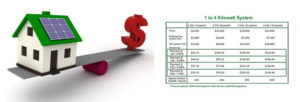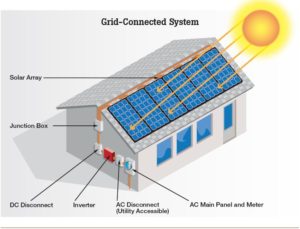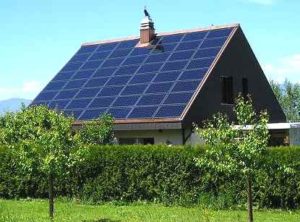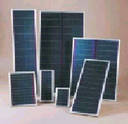 The solar power generation business is going through a shakedown at the time of writing this post, which is going to have a huge impact on the prices that consumers pay for solar panels and also on the number of opportunities that are available for consumers to find products and solution to help them generate their own electrical power. The big companies want to keep power generation and distribution for themselves. They want to avoid getting this into the hands of the consumer. Prices for solar panels dropped while China was dumping on the market. Consumers in general are concerned about the complexities of dealing with panels and batteries etc.
The solar power generation business is going through a shakedown at the time of writing this post, which is going to have a huge impact on the prices that consumers pay for solar panels and also on the number of opportunities that are available for consumers to find products and solution to help them generate their own electrical power. The big companies want to keep power generation and distribution for themselves. They want to avoid getting this into the hands of the consumer. Prices for solar panels dropped while China was dumping on the market. Consumers in general are concerned about the complexities of dealing with panels and batteries etc.
The Big Picture in the Solar Power Business
Back when oil prices reached their highs in 2008, many people who are promoting green energy and independence from oil pushed hard for the solar power business. The result was a number of companies heavily funded by investors with promises of subsidies from various governments. Their business model worked at the time as long as oil remained high. Also as the subsidies stayed in place and demand for electricity continued to grow.
Three years later in 2011, the perfect storm hit and it was devastating to many companies that did not have a sound business model in place. First the economy tanked and we can debate the reasons for this. But the net result was that demand for electrical power fell and has not caught up yet with demand pre 2008. Secondly, as the economy went south, government revenues also fell. Which meant a variety of belt tightening measures had to be put in place. One of the first things to go were the subsidies that the governments promised.
Now companies who depended on this revenue found themselves cash poor and unable to meet their commitments. Oil also fell which pleased the consumer and is helping industry, however it takes away the momentum and support needed by the green activists to continue pushing solar power generation. Several major companies who produce power via solar panels as well as solar panel manufacturers have gone bankrupt as a result.
What will Happen to the Solar Power Business
While the events that triggered this collapse are one of a kind, we hope, this stage of a new industry is pretty typical. There are always many companies entering a new industry hoping to make it to the big time. At some point there is always a shake out that is triggered by some market or world event that causes many of the underfunded or poorly managed companies to fail, leaving the stronger ones to survive. As we indicated this is pretty typical in the life cycle of a new industry.
The next couple of years will be difficult for the industry as prices fluctuate and demand cycles, however those who manage cash flow tightly and maintain a sound business approach should survive. They need to treat government subsidies, if any are available as icing on the cake.
What Does all of This mean to the Consumer
For the short term, it means that the cost of purchasing solar panels is going to decrease. With inventories of panels remaining high, prices are falling as corporations cancel their orders for panels. The price of electrical energy has not fallen to any extent. So the business case for many consumers and corporations alike has just improved. There is a much shorter payback for adopting a solar power solution involving solar panels.
Oil will increase again in the next year or so. Interest in alternate forms of power generation will increase as consumers spend more on oil related products. Once the inventory of solar panels and related products is used up, prices will again begin to rise. The message in this story is constantly review your business case. Keep the numbers up to date to ensure that you are making the right decision based on accurate numbers.
Solar Power Business Model for the Consumer
We are looking for a spread sheet model that compares the cost of installing a solar panel systems for a consumer application, It should reflect generating power to be used in the home. The excess power would be fed back into the grid providing additional savings to the consumer. We have not seen an economic model as of yet. We may build our own to help ourselves as well as readers make accurate decisions regarding this business decision.
In our next post we will start to list some of the variables that need to be included to help assess the economics of this decision. Your input would be invaluable. For more posts about solar power business models, click here.
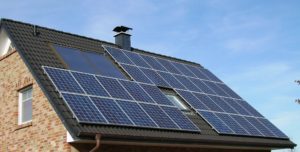 There is no doubt that there will be a solar power impact on traditional power systems. The question that everyone is trying to figure out is how much impact will there be. What aspect of the system will be impacted? Solar power will impact these parts much differently. The areas of power generation can be broken down into the following categories: Fuel; Generation; Transmission; and Delivery. We will take a look at each one of these separately assuming two scenarios.
There is no doubt that there will be a solar power impact on traditional power systems. The question that everyone is trying to figure out is how much impact will there be. What aspect of the system will be impacted? Solar power will impact these parts much differently. The areas of power generation can be broken down into the following categories: Fuel; Generation; Transmission; and Delivery. We will take a look at each one of these separately assuming two scenarios.